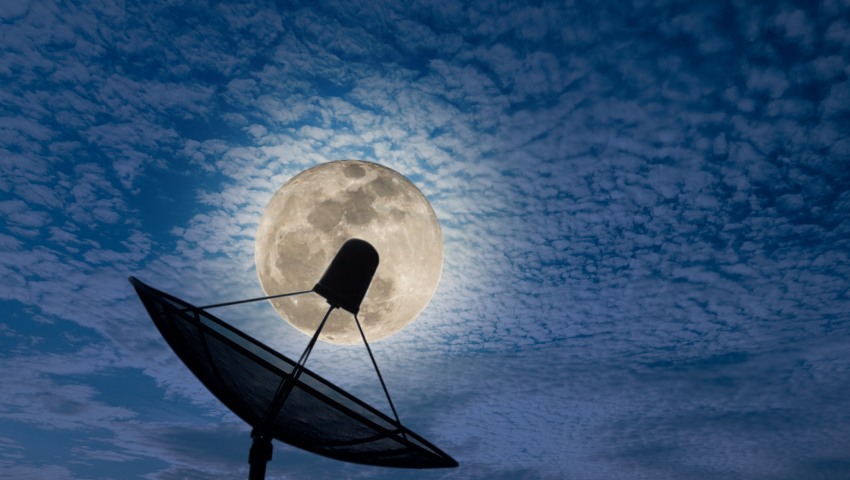The NSW government has allocated $500,000 in funding to “cutting-edge technology” that will monitor target satellites from space.
To continue reading the rest of this article, please log in.
Create free account to get unlimited news articles and more!
The technology is hoped to take rapid and accurate imaging of satellites in low-Earth orbit that are often difficult to capture from the ground due to their fast speed.
Minister for Science, Innovation and Technology Alister Henskens said the project will enhance NSW’s space industry and the nation’s defence capability.
“Satellites are used for various purposes, including communication, navigation, earth monitoring and military awareness and can travel over 7.5 kilometres per second, making it difficult to accurately capture high resolution images of them,” Henskens said.
“Space and defence are priority industries for the NSW government and this breakthrough technology will enable our world-leading scientists to identify and track satellites of national interest as well as changes to their orbits, strengthening our awareness of space-based activity.”
Typically, satellites are monitored from ground stations that track moving objects in space, such as the Canberra Deep Space Communication Complex, and the famous Woomera station in South Australia.
Commercial companies, such as LeoLabs Australia which tracks activity in orbit in the Southern Hemisphere, also provide this type of service for the space industry.
Director of the Defence Innovation Network (DIN) Professor Bradley Williams said the funding will support the initiative’s work to secure access to space and achieve real-time awareness of small and large satellites in orbit.
The NSW DIN is a university-led initiative of the state government and the defence science and technology group to grow the industry through collaboration with academia.
“The project will develop a space-based system that can track high-speed objects with unprecedented spatial resolution and sensitivity,” Professor Williams said.
“It will double the effectiveness of a satellite to characterise its environment through high resolution images and will be a huge leap in terms of achieving complete, real-time awareness of satellite activities in space.”
Professor Williams also said it will enhance the DIN’s mission to commercialise solutions for “high-priority defence sector challenges”.
Minister Henskens said this funding is an example of the government’s commitment to the NSW Industry Development Strategy 2020.
The strategy was launched to promote NSW-born technology that supports the space and defence industry.

 Login
Login







